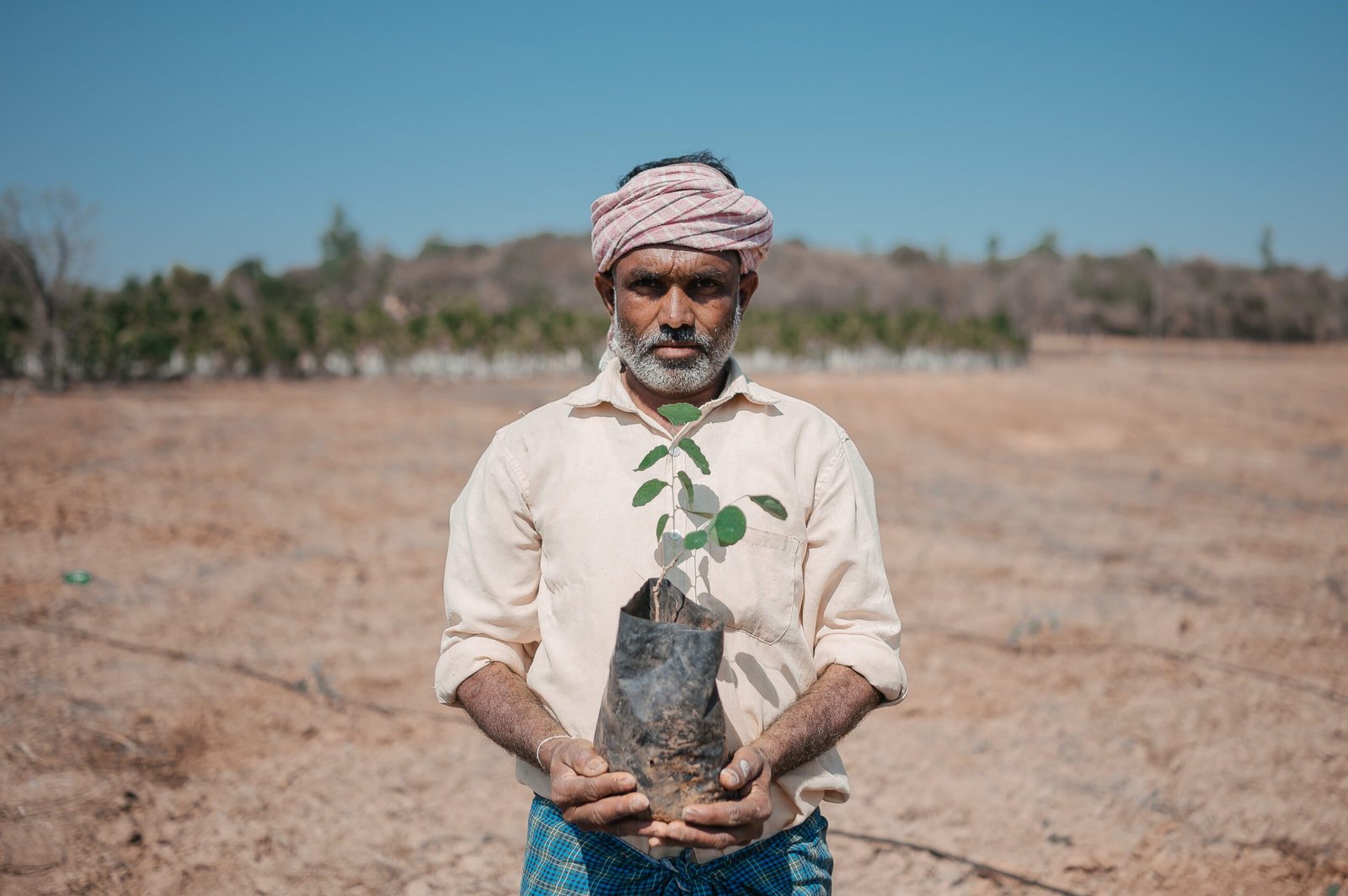
Sustainable Forestry Practices
One of the most effective ways to conserve rosewood is to implement sustainable forestry practices. This involves managing the forest to ensure the continued growth and regeneration of rosewood trees. Sustainable forestry practices include selective logging, where only mature trees are harvested, leaving younger trees to continue growing. This ensures that the forest remains healthy and productive while providing a steady supply of rosewood for commercial use.
Monitoring and Enforcement
Monitoring and enforcement are crucial to preventing illegal logging and ensuring sustainable forestry practices. This involves implementing regulations and monitoring systems that track the movement of rosewood and other timber products to ensure they are harvested legally and sustainably. Enforcement measures can include fines, penalties, and legal action against those who violate forestry laws and regulations.
Reforestation and Restoration
Reforestation and restoration efforts are also critical to protecting rosewood forests. These efforts involve planting new rosewood trees and restoring degraded or deforested areas. Reforestation and restoration can help to increase the amount of available rosewood, while also improving soil quality, providing habitat for wildlife, and supporting local communities.
Community-based Conservation
Community-based conservation involves working with local communities to protect and manage rosewood forests. This approach recognizes the importance of local knowledge and expertise in forest management and ensures that the benefits of conservation are shared with the people who depend on the forest for their livelihoods. Community-based conservation can also help to reduce pressure on rosewood forests by promoting sustainable livelihoods and alternative income-generating activities.
Market-Based Conservation
Market-based conservation involves creating economic incentives for sustainable forest management and conservation. This can include certification schemes, where rosewood products are certified as sustainably harvested, and consumers are willing to pay a premium for them. Market-based conservation can also involve working with companies to adopt sustainable procurement policies and promoting the use of alternative materials to reduce demand for rosewood products.
In conclusion, conserving rosewood is a complex challenge that requires a range of strategies and techniques. Sustainable forestry practices, monitoring and enforcement, reforestation and restoration, community-based conservation, and market-based conservation are all essential components of a comprehensive conservation strategy. By working together, conservationists, forestry experts, and local communities can protect this precious resource and ensure that it is available for future generations.
